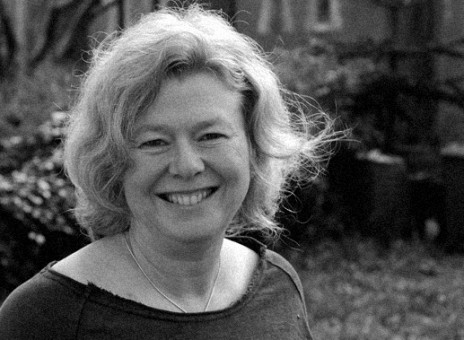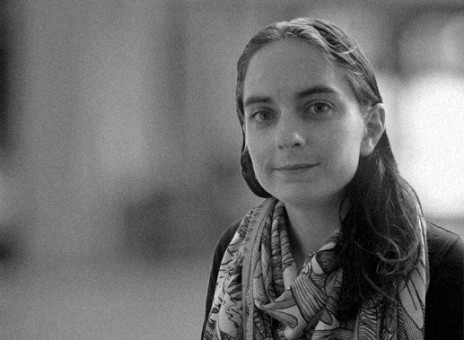From the Vault to the Archive

In March of this year the Heritage Futures team held our first Knowledge Exchange Workshop. Attended by 25 invited academics and practitioners, ‘From the Vault to the Archive: Architectures, Technologies and Techniques of ex situ Conservation’ was hosted by project partners SKB, and was comprised of site-based tours, workshops, and talks. Taking place over three days across two Swedish locations – Forsmark and Stockholm – participants were introduced to one particular storage vault, as Forsmark is a repository for short-term radioactive waste and is the proposed future site of the final repository for waste that is to last at least 100,000 years.
The aim of the event was to explore the potential of knowledge exchange to inform long-term conservation practice, set within Heritage Future goals of investigating innovative solutions to shared conservation issues across natural and cultural heritage practice. The workshop was designed to facilitate dialogue between our Heritage Futures partners, with the project being a catalyst for (rather than the centre of) discussion.
To this end, the workshop facilitated a continuing ‘thought experiment’ about what it means to preserve things for the future. We asked each participant to bring an object (or a representation of an object) that they would like to see included in a 100,000 year repository (like that of Forsmark), and to explain and document through written captions for their objects their choices. This enabled the group to reflect on the repository as idea and site, the practices and processes of conservation undertaken within, and the relationship between objects and available material, technological, and architectural forms of heritage conservation.
Through resulting discussion, participants shared knowledge and experience of research and practice relating to the different kinds of repositories they are familiar with – for example, storage facilities, landscapes, museums, banks, botanic gardens, space messages, and archives. This sharing enabled workshop participants to learn from each other, expand thinking around the notion of a ‘vault’, and to consider alternative approaches to long-term conservation practice. For example, facilitated by Heritage Futures investigators, a lively discussion emerged on the final day in Stockholm around what ‘futures’ different repositories work towards through their conservation practices including temporal, material, and affective. Sharon Macdonald even bravely began mapping a matrix of the many futures that were arising in discussion.
Keynotes by Jon Lomberg of the One Earth Message (OEM) Project and Martin Kunze of Memory of Mankind project allowed the participants to further consider how these different sites and projects assemble long term futures through ex-situ conservation, where material is stored away from its original place of creation or use. In addition, Jon Lomberg gave an associated public lecture at the Nobel Museum in Stockholm on the 10th of March. Speaking to a full house, he discussed the One Earth Message – a digital, crowd-sourced self-portrait of Earth intended to be uploaded to NASA’s New Horizon spacecraft in 2019.
Beyond these scheduled events, there was plenty of opportunities for less formal discussion over excellent meals provided by our hosts at SKB, and especially during a guided site visit to Forsmark facilitated by SKB. Workshop participants were inspired by the depth of thinking about the future demonstrated by SKB, leading to stimulating discussions about communication, trust, and (ultimately) debating who is the future for? We made two short films about the workshop, one focusing on the ‘thought experiment’ with objects, and the other capturing a broader sense of the event, just click on the links to see them.

